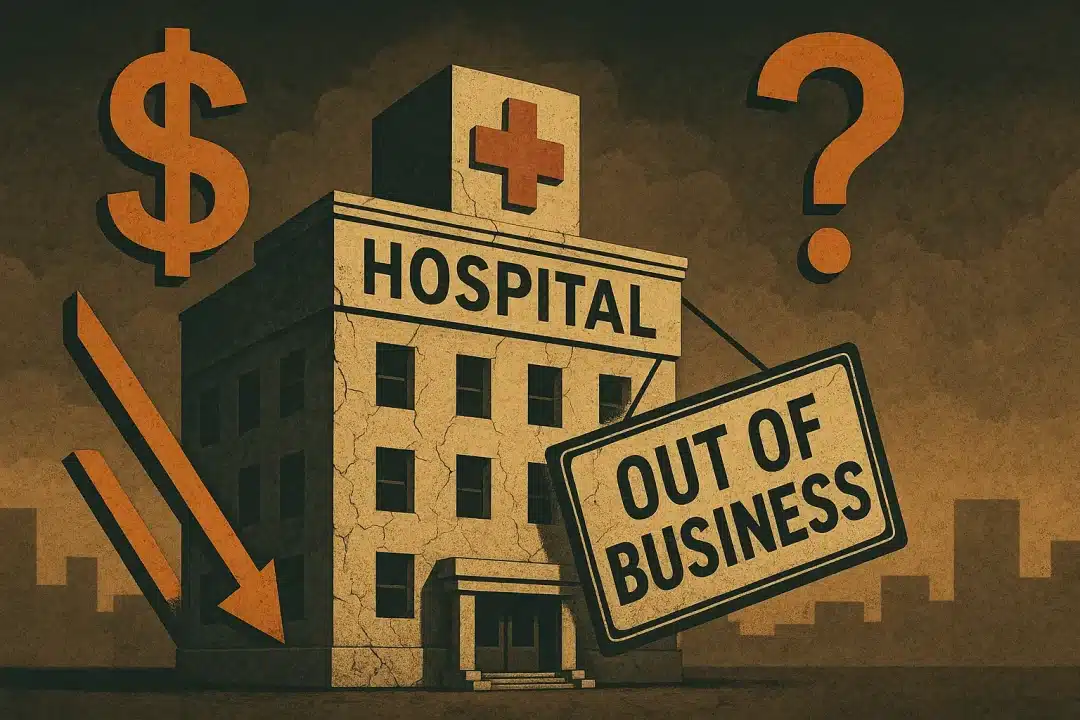
President Donald Trump’s “One Big Beautiful Bill” is making waves across the country—and not in the way some hoped. While it boasts tax breaks and investments in infrastructure, the bill includes nearly $1 trillion in cuts to Medicaid and the Affordable Care Act (ACA), and experts say the fallout will be felt nationwide for years to come.
What’s in the bill?
Signed into law on July 4, 2025, the domestic spending package overhauls Medicaid eligibility by:
- Requiring 80 hours of work per month for many adults without children under 13
- Reducing subsidies under the ACA
- Cutting provider tax reimbursements that help states fund Medicaid
- Adding layers of paperwork and red tape to renew coverage
- Scaling back support for legal immigrants under federal health plans
These sweeping changes are expected to strip health insurance from more than 17 million Americans, according to the Kaiser Family Foundation (KFF).
Rural hospitals on the brink
Rural hospitals are bracing for devastating cuts, with many warning they may reduce services or shut down entirely. In Kansas, Michigan, and upstate New York, health providers say they may have no choice but to eliminate pediatric care, obstetrics, or mental health services due to Medicaid losses.
In Michigan alone, the state projects a $15 billion hit to its health care system over the next decade. Nearly 300,000 Michigan residents are expected to lose Medicaid coverage by 2027. Some hospitals—like Hillsdale Hospital—estimate they’ll lose millions annually, leading to staffing cuts and service reductions.
“Rural hospitals struggle to make money in general,” said University of Michigan health policy expert Michael Shepherd. “This is going to be pretty devastating.”
The Bronx faces an outsized blow
In New York, particularly in the Bronx, the impact could be severe. About two-thirds of Bronx residents rely on Medicaid. According to projections, over 100,000 people in just one congressional district may lose coverage.
Montefiore Medical Center, a major employer and health care provider in the borough, could see job losses, patient backlogs, and increased strain as more residents show up to emergency rooms uninsured. Statewide, 1.5 million New Yorkers could lose health coverage, and 34,000 hospital jobs could disappear, the Greater New York Hospital Association estimates.
“Health care is synonymous with the economy of the Bronx,” said Rep. Ritchie Torres. “A trillion-dollar cut to Medicaid is not only bad morals, it’s bad economics.”
$50 billion ‘fig leaf’ for rural hospitals
While the bill includes $50 billion over five years for rural hospitals, critics call it a “fig leaf” that doesn’t come close to offsetting the damage. Urban areas like the Bronx were excluded from similar relief, despite having some of the highest Medicaid enrollment rates in the country.
Political reactions
Republicans tout the bill as fiscally responsible, claiming it cracks down on fraud and encourages able-bodied adults to contribute through work. Rep. Nicole Malliotakis (R-NY) emphasized that the bill protects seniors and low-income families while eliminating “ineligible fraudsters.”
But health care providers and Democrats say the bill’s work requirements and subsidy cuts will lead to widespread disenrollment—even among people who still qualify. Many may simply struggle to navigate the bureaucracy in time to keep their coverage.
What’s next?
States like New York and Michigan are scrambling to find ways to mitigate the impact, but leaders acknowledge there’s no way to fully backfill such enormous federal cuts. Some lawmakers are calling for tax increases on the wealthy to close the gap, while others are seeking federal relief or reforms.
“This is a major, major problem,” said Rep. Kristen McDonald Rivet of Michigan. “Especially our rural hospitals. It’s not like we have small hospitals across the country flush with resources.”
As the country heads into the 2026 midterms, Trump’s “One Big Beautiful Bill” may be a political flashpoint—not just for what it promises, but for the real-life consequences it’s beginning to deliver.

